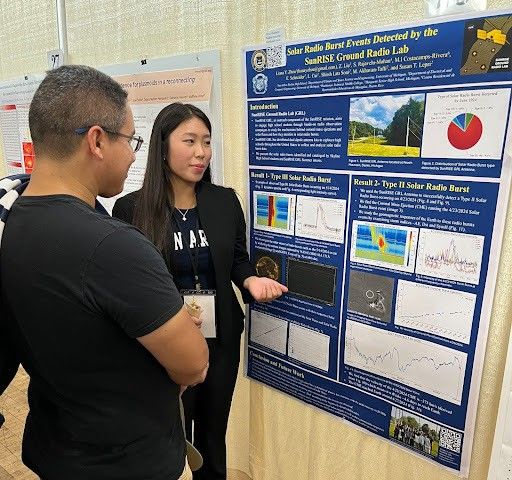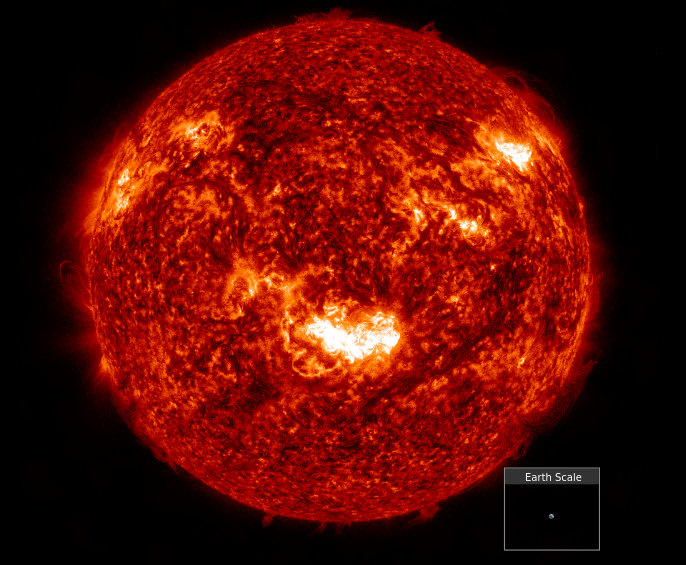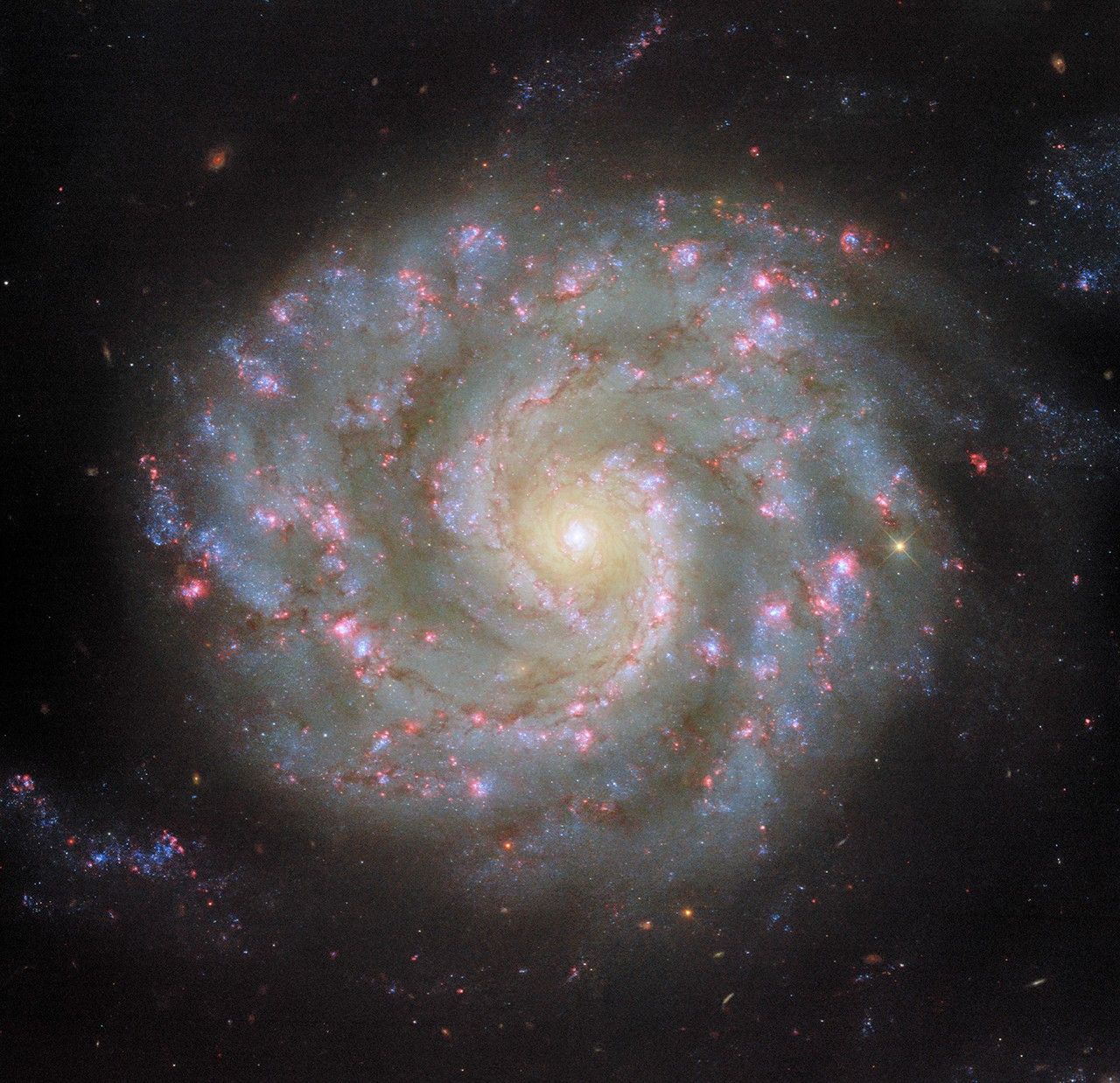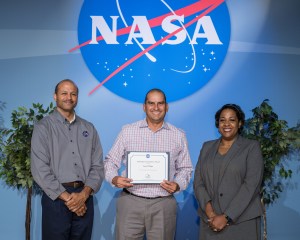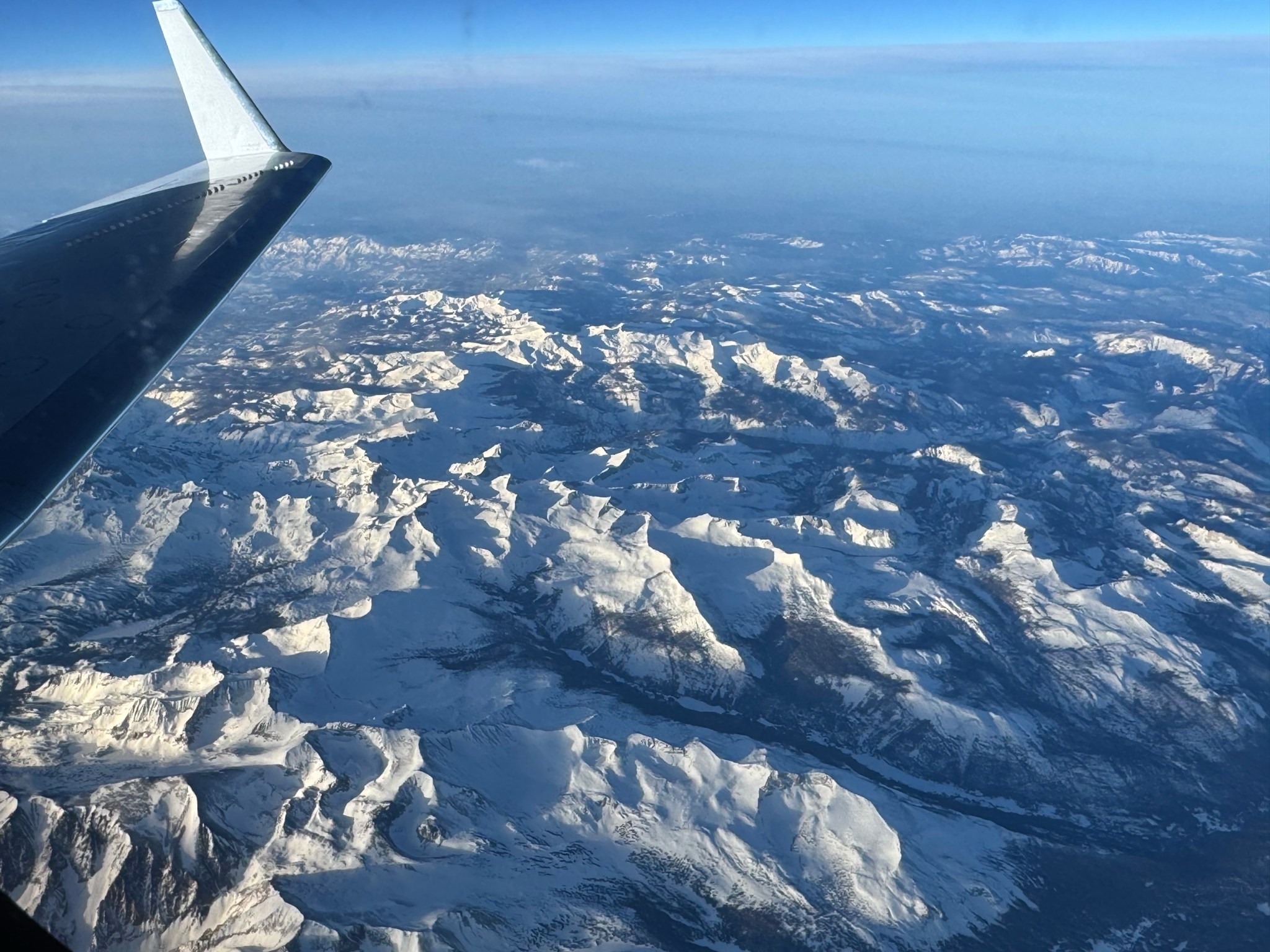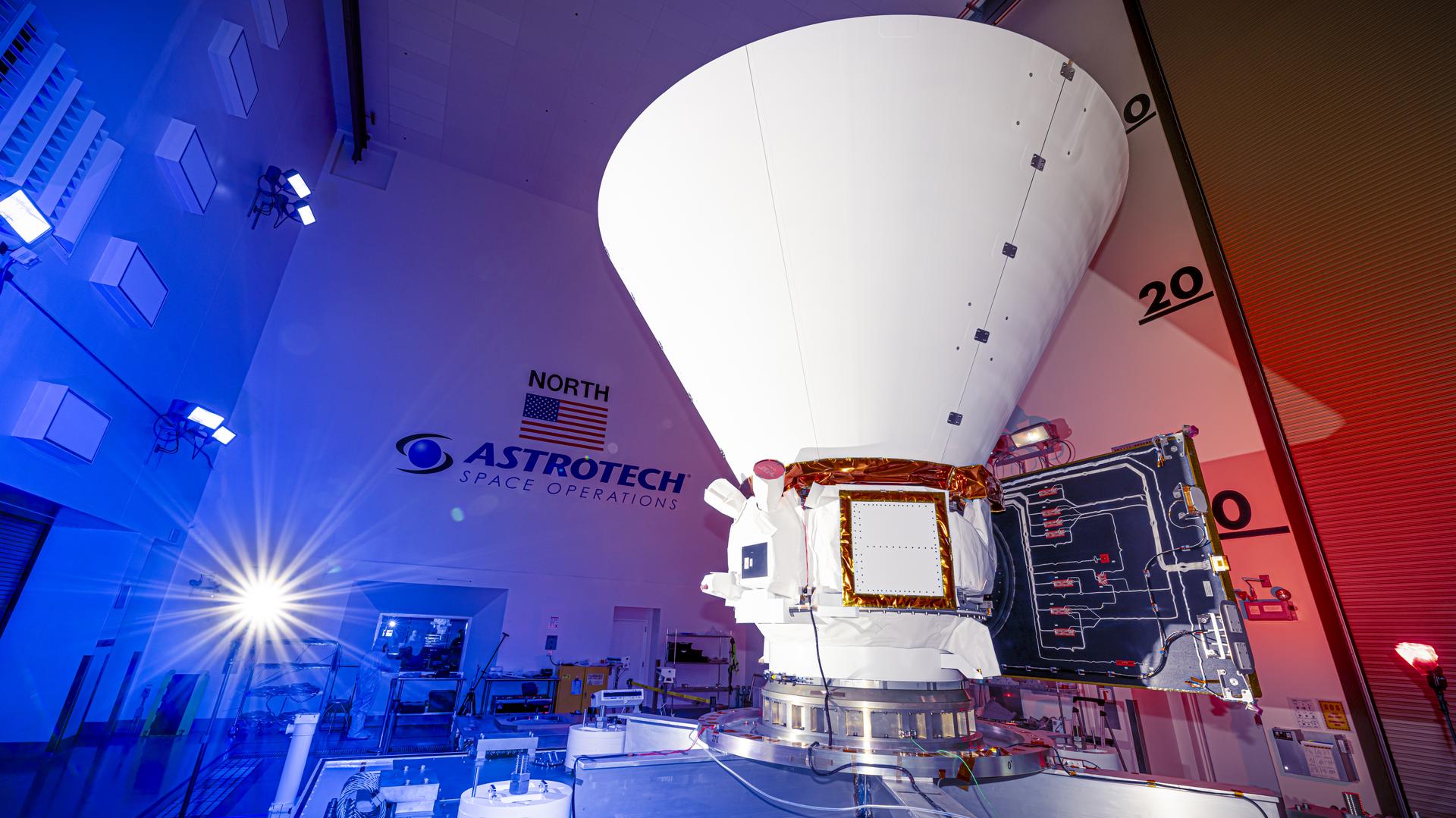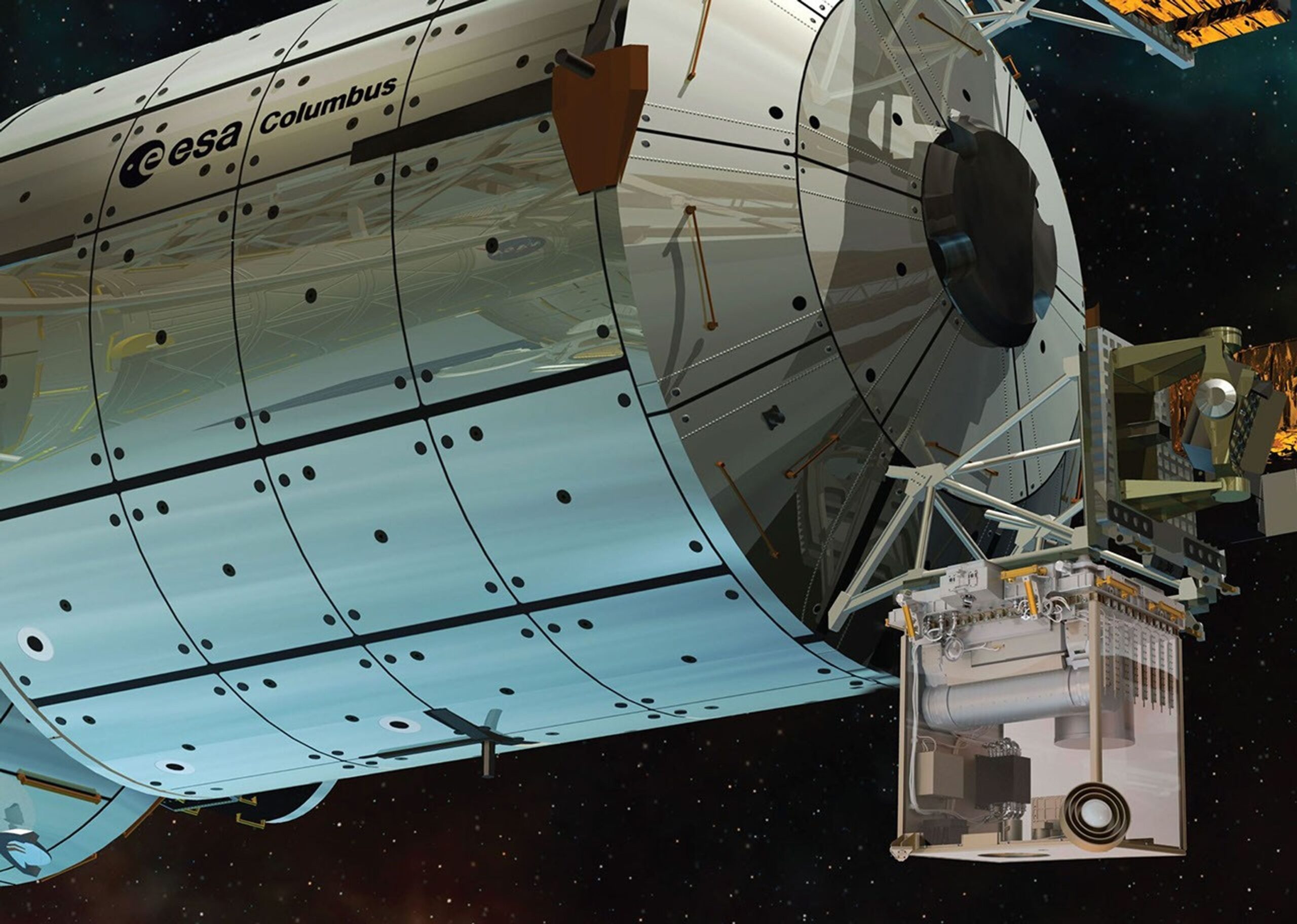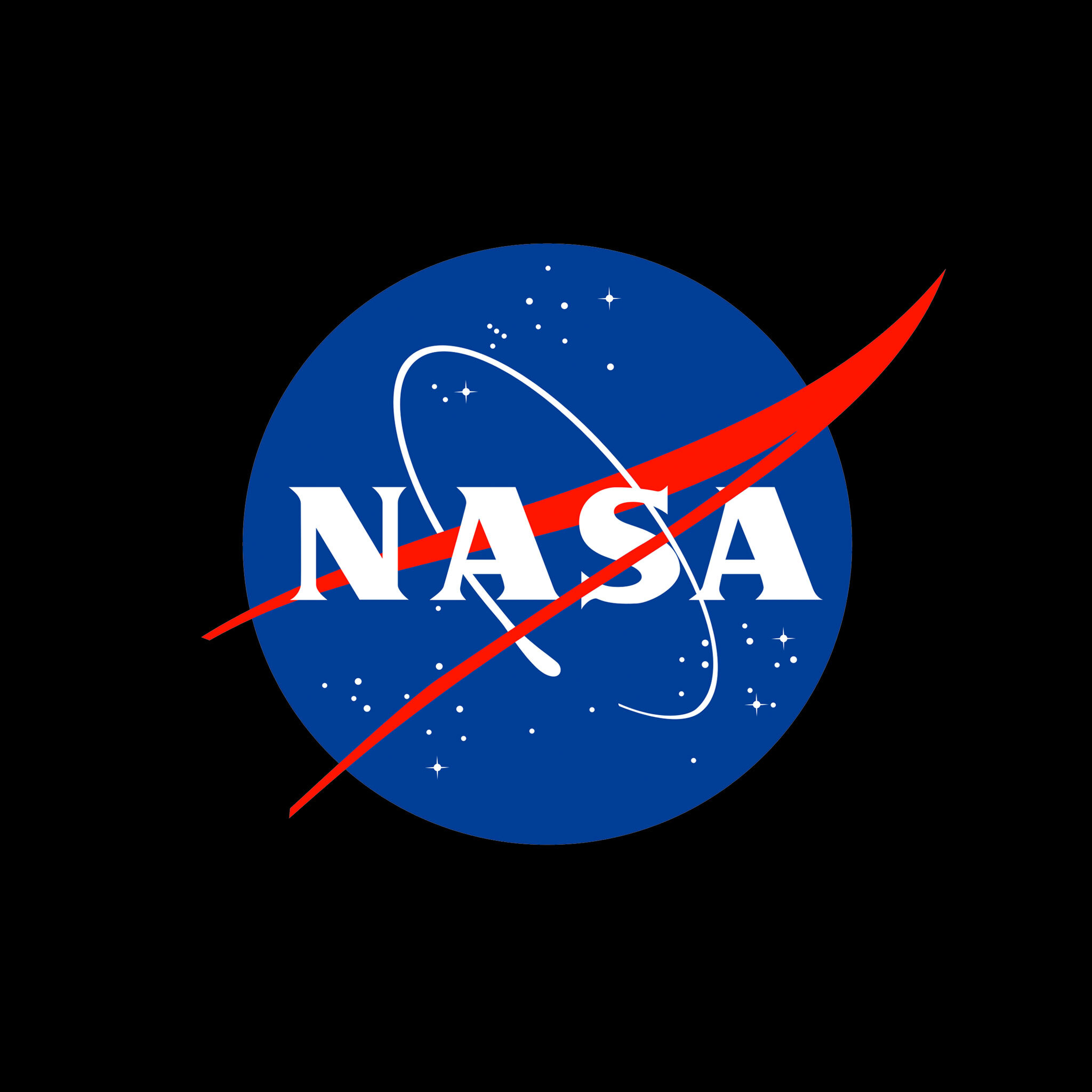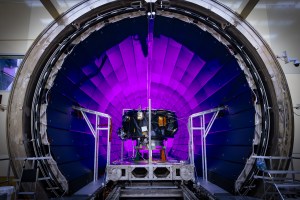3 min read Preparations for Next Moonwalk Simulations Underway (and Underwater) How do we do research in zero gravity? Actually when astronauts do experiments on the International Space Station, for instance, to environment on organisms, that environment is actually technically called microgravity. That is, things feel weightless, but we’re still under the influence of Earth’s gravity. Now, the very microgravity that we’re trying to study up there can make experiments actually really kind of difficult for a bunch of different reasons. First of all, stuff floats. So losing things in…
Read MoreTag: Science Mission Directorate
What NASA Is Learning from the Biggest Geomagnetic Storm in 20 Years
6 min read What NASA Is Learning from the Biggest Geomagnetic Storm in 20 Years One year on, NASA scientists are still making huge discoveries about the largest geomagnetic storm to hit Earth in two decades, the Gannon storm. The findings are helping us better understand and prepare for the ways in which the Sun’s activity can affect us. On May 10, 2024, the first G5 or “severe” geomagnetic storm in over two decades hit Earth. The event did not cause any catastrophic damages, but it did produce surprising effects…
Read MoreNASA Earns Two Emmy Nominations for 2024 Total Solar Eclipse Coverage
3 min read Preparations for Next Moonwalk Simulations Underway (and Underwater) NASA’s coverage of the April 8, 2024, total solar eclipse has earned two nominations for the 46th Annual News & Documentary Emmy Awards. The Academy of Television Arts & Sciences announced the nominations on May 1, recognizing NASA’s outstanding work in sharing this rare celestial event with audiences around the world. The winners are set to be unveiled at a ceremony in late June. “Total solar eclipses demonstrate the special connection between our Earth, Moon, and Sun by impacting…
Read MoreHow Are We Made of Star Stuff? We Asked a NASA Expert: Episode 58
2 min read Preparations for Next Moonwalk Simulations Underway (and Underwater) How are we made of star stuff? Well, the important thing to understand about this question is that it’s not an analogy, it’s literally true. The elements in our bodies, the elements that make up our bones, the trees we see outside, the other planets in the solar system, other stars in the galaxy. These were all part of stars that existed well before our Sun and Earth and solar system were even formed. The universe existed for billions…
Read MoreNASA Tracks Snowmelt to Improve Water Management
3 min read Preparations for Next Moonwalk Simulations Underway (and Underwater) The C-20A aircraft, based at NASA’s Armstrong Flight Research Center in Edwards, California, flies over the Sierra Nevada Mountains in California for the Dense UAVSAR Snow Time (DUST) mission on Feb. 28, 2025. The DUST mission collected airborne data about snow water to help improve water management and reservoir systems on the ground. NASA/Starr Ginn As part of a science mission tracking one of Earth’s most precious resources – water – NASA’s C-20A aircraft conducted a series of seven…
Read MoreNASA’s SPHEREx Team To Ring New York Stock Exchange Bell
NASA’s SPHEREx (Spectro-Photometer for the History of the Universe, Epoch of Reionization and Ices Explorer), a space telescope, is situated on a work stand ahead of prelaunch operations at the Astrotech Processing Facility at Vandenberg Space Force Base in California on Jan. 16, 2025. Credit: BAE Systems/Benjamin Fry Members of the team behind NASA’s newest space telescope will ring the New York Stock Exchange closing bell in New York City at 4 p.m. EDT on Tuesday, April 22. The team helped build, launch, and operates NASA’s SPHEREx (Spectro-Photometer for the…
Read MoreAtomic Clock and Plant DNA Research Launching Aboard NASA’s SpaceX CRS-32 Mission
NASA’s SpaceX 32nd commercial resupply services mission, scheduled to lift off from the agency’s Kennedy Space Center in April, is heading to the International Space Station with experiments that include research on whether plant DNA responses in space correlate to human aging and disease, and measuring the precise effects of gravity on time. Discover more details about the two experiments’ potential impacts on space exploration and how they can enhance life on Earth: “Second Guessing” Time in Space As outlined in Einstein’s general theory of relativity, how we experience the…
Read MoreWhy Do We Grow Plants in Space?
1 min read Preparations for Next Moonwalk Simulations Underway (and Underwater) Why do we grow plants in space? Plants are such versatile organisms that they can fulfill many roles in our exploration of space. Plants provide us with food, with oxygen, they can recycle water and waste, and they can even provide us with psychological benefits. So all these functions will help NASA in fulfilling our goal of trying to create a sustainable environment for human presence in space. But there are also other benefits. We can investigate how plants…
Read MoreHave We Been to Uranus? We Asked a NASA Expert: Episode 56
2 min read Preparations for Next Moonwalk Simulations Underway (and Underwater) Have we ever been to Uranus? The answer is simple, yes, but only once. The Voyager II spacecraft flew by the planet Uranus back in 1986, during a golden era when the Voyager spacecraft explored all four giant planets of our solar system. It revealed an extreme world, a planet that had been bowled over onto its side by some extreme cataclysm early in the formation of the solar system. That means that its seasons and its magnetic field…
Read MoreNASA Leaders to Participate in 2025 Space Symposium in Colorado
Credit: NASA NASA acting Administrator Janet Petro and acting Associate Administrator Vanessa Wyche will lead the agency’s delegation at the 40th Space Symposium, Monday, April 7 through Thursday, April 10, in Colorado Springs, Colorado. Petro will join Space Foundation Chief Executive Officer Heather Pringle for a fireside chat to discuss NASA’s current priorities and partnerships at 12:15 p.m. EDT on Tuesday, April 8. Additional NASA participation in the conference includes a one-on-one discussion with Nicola Fox, associate administrator, Science Mission Directorate, and a lunar science and exploration panel featuring Lori…
Read More